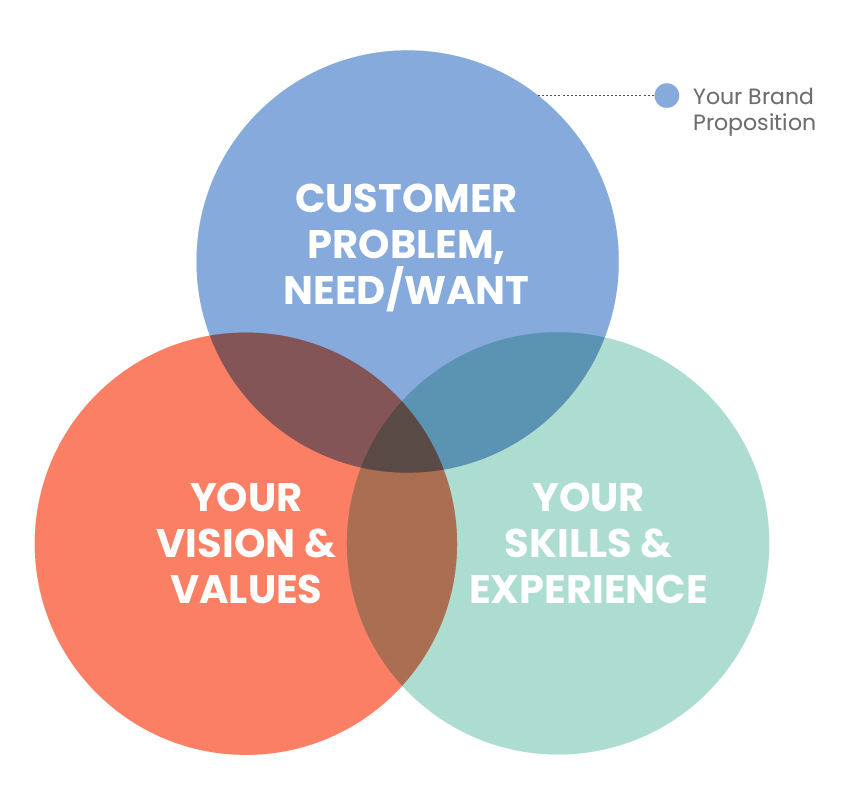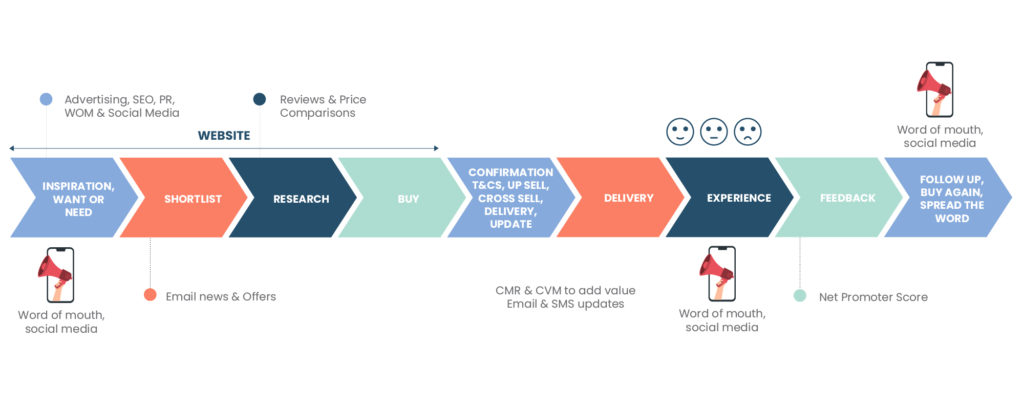Richard Price, Fruit Marketing
As a small business, you may have set up an e-commerce offering as a response to the lockdowns, or you may have seen increased activity to your existing website as the pandemic has played out.
You know your website has the potential to showcase your business beyond your existing or local market; indeed, you may already be attracting customers from further afield.
But how do you take advantage of the changes in consumer behaviour to target more online customers as part of your 2021 business planning?
Your starting point is your brand, including your core proposition, your vision and values. Some of this will come from within your organisation and some will come from understanding why existing customers buy or subscribe.
Once you’ve articulated your brand purpose and beliefs, consider how your online offer can reflect these values, while also considering the purchase priorities of existing and potential customers.
Your marketing plan for e-commerce should include clear descriptions or profiles of your target customer. You should try to answer the following questions;
What do they buy? Think perceived benefits rather than product features, and how much they spend.
Where do they go for inspiration and information? How do they research, short-list and purchase?
When might their consideration be triggered, and how often?
Why should they buy from you? Combine the above with any information you already have about their attitudes, emotional drivers and needs.
Who are they? By answering the above, you can build profiles of your ideal types of customers which will help find more look-alikes, or win back lapsed ones.

With these key purchase priorities in mind, have a think about the buying process or customer journey.
A framework like this can help identify all the potential opportunities to influence a prospect towards a purchase. Think about how your brand promise could permeate throughout the journey at each customer touchpoint.
This customer purchase framework also highlights the importance of delivering a positive customer experience for repeat purchase and peer-to-peer recommendations.

Indeed, this is where Response Handling and Fulfilment (RHF) plays such an important role, along with the quality of your product or service itself.
Whether it’s speed of response, times of delivery, packaging, returns policy or post-purchase communications, getting RHF right will help deliver a great customer experience.
Any plan needs clear objectives and these objectives should be Specific, Measurable, Achievable, Relevant and Timed (SMART). So, rather than having an objective “to grow online sales” you should make it specific, timed and measurable; something like “to attract x more customers to achieve online sales growth of y% or £y over the next 6 months.”
To ensure objectives are achievable and relevant, you’ll need to analyse your market and your position in it versus competitors. Ask yourself the following;
Before launching activities to attract new markets via e-commerce, it’s important to make an attempt at evaluating market demand.
Google’s AdWords can be an effective tool for such research, so sign up for an account if you don’t already have one. It can give you an idea of how many monthly searches there are for keywords and phrases that relate to the sector in which you operate.
Start by brainstorming a list of phrases or key-words you think potential customers may use when searching online. For example, if you sell surfing gear to eco-conscious customers, entering “surfboards” into the keyword tool will show you how many people used that search phrase on Google in the past month; refining the research to “recycled surfboards” will give you a more precise volume.
As well as the numbers, this will also help you shape your web content to match the search enquiries from customers who may be interested in your propositions. Google Trends and Google Insights for Search also provide related valuable information.
Having evaluated your market, identified the potential for your business and set some SMART objectives, you now need to consider how you handle growth and increased sales.
Consider your supply chain and/or the elements required to deliver your product or service to an increasing volume of customers.
For example, if you are sourcing materials from overseas, will changes to regulations and/or border processing affect your supply? If you are selling perishable goods, could best before dates or batch numbers be an issue? Or, if you are delivering training online, does your platform support growing numbers and can it handle administration and payments?
Consider the same for your Response Handling and Fulfilment. Can your current operation cope with increasing volume? Do you have enough storage, people, machinery, and packaging? Are your despatch arrangements fit for purpose? What, if any, back up do you have? How can any identified concerns be improved?
So, in order to successfully grow online sales, it’s important to have a plan.
Start with evaluating your market – its size and competitors, and set some targets. Understand who your potential customers are and why they could buy from you. Ensure you deliver your brand promise and a great customer experience throughout the customer journey, and check that your supply chain and operation is in shape to scale up and handle growth. More expert help is available through E-Channel. The project aims to provide a joined-up package of support for SMEs looking to enter new markets using e-commerce – either within the UK or cross border. For more see https://www.e-channel.org